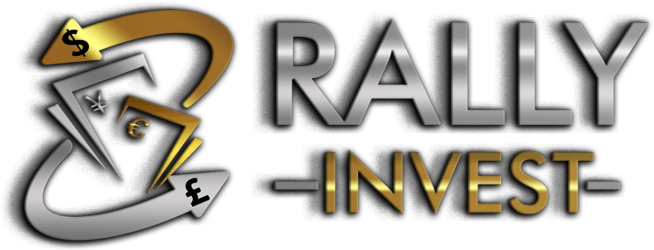Rally Invest’s in-house Forex Brokerage, which will launch soon, will provide clients with high liquidity, low commissions, and tight spreads.
Retail foreign exchange trading is a small segment of the larger foreign exchange market where individuals speculate on the exchange rate between different currencies. This segment has developed with the advent of dedicated electronic trading platforms and the internet which have allowed individuals to access the global currency markets. In 2016, it was reported that volume from retail foreign exchange trading represents 5.5% of the whole foreign exchange market or $282 billion in daily trading turnover.
Prior to the development of forex trading platforms in late 1990s, forex trading was restricted to large financial institutions. It was the development of the internet, trading software and forex brokers allowing trading on margin that started the growth of retail trading. Traders are able to trade spot currencies with market makers on margin. Meaning they need to put down only a small percentage of the trade size and can buy and sell currencies in seconds.
1996 saw the first generation of forex online trading platforms based on the internet. These allowed both the foreign exchange and customer markets to flourish. The web-technology allowed retail foreign exchange trading to foster easy and fast ways for customers to access the markets and the currency pairs while making trades from their own computers.
The software development of trading platforms has seen a number of stages. Initially, trading platforms were based on basic programs downloaded to the computer. This was followed by the development of easier-to-use interfaces and advanced features such as charting and technical analysis tools. The next stage saw the move to web-based platforms and to mobile devices such as tablets and smart phones. There has also been a focus on developments to integrate automated trading tools and social trading into the forex trading platforms.

